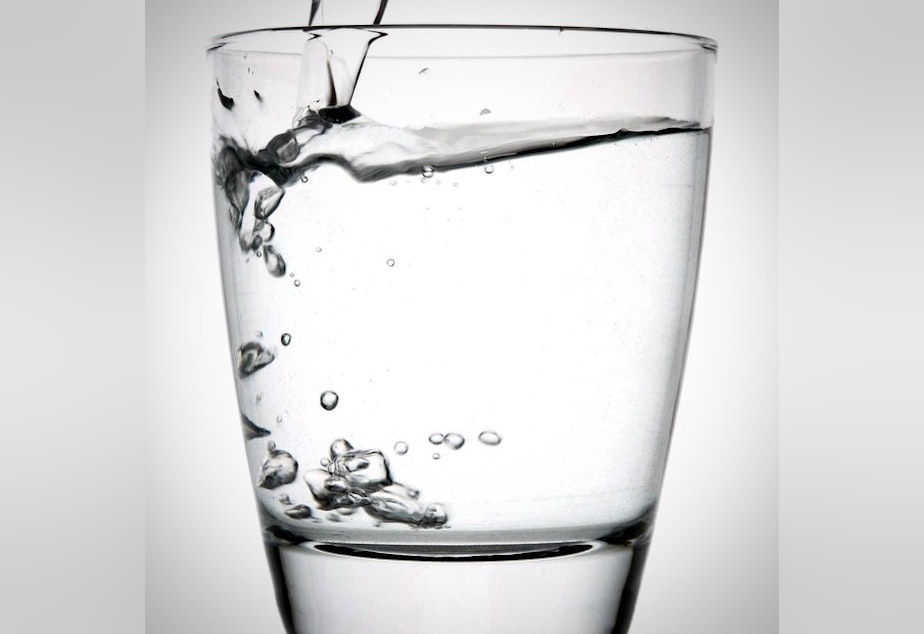Seattle Can't Cut Fluoride Level In Water, At Least For Now

Fluoride levels in water should be reduced, a federal agency said this week – but don’t expect a decrease from taps in Seattle anytime soon.
Until the state changes its fluoride standard, cities and counties that fluoridate their water can't immediately follow the recommendation from the U.S. Department of Health and Human Services.
"The change is recommended because now Americans have access to more sources of fluoride, such as toothpaste and mouth rinses, than they did when fluoridation was first introduced in the United States," Dr. Boris Lushniak, the deputy surgeon general, told reporters during a conference call about the recommendation, according to NPR.
Fluoridated water has been touted as one of the biggest public health accomplishments of the last century. A little fluoride dramatically reduced oral decay – especially in kids – for little money.
But over time, fluoride was added to other products, including most toothpastes and beverages. That led to a rise in mild cases of fluorosis in children – mostly a cosmetic problem that results in white stains on teeth. In severe cases, it results in pitting of teeth.
Sponsored
The feds recommended this week that fluoride levels be at 0.7 milligrams per liter of water. That's instead of the long-standing range of 0.7 to 1.2 milligrams. Washington state requires that cities and counties using fluoride have levels between 0.8 and 1.3 milligrams.
That state rule stands even in light of the federal recommendation. Cities like Seattle that may want to lower their levels will have to wait until the state OKs a new standard. The state health department wouldn’t specify how long that might take but said it “could be a while.”
Spokeswoman Carolyn Cox said state officials are waiting for the final word from the Centers for Disease Control and Prevents. She said they hope to get a range rather than a specific number.
“When you’re introducing chemistry into the water, it’s very difficult to stay on a number,” Cox said.
It’s been known for several years that the feds would make this recommendation. That’s why Seattle in 2011 decreased the amount of fluoride it puts in the water to 0.8 milligrams per liter.
Sponsored
Washington is one of the few states where cities and counties can choose whether they want to fluoridate the water. About 63 percent of Washingtonians have access to water with fluoride. In King County, about 80 percent drink water with fluoride, which health officials say is why kids have fewer cavities here.
The new recommendation would lead to people in the U.S. taking in 14 percent less fluoride, according to a report released at the same time as the recommendations.
Seattle voters approved fluoride in 1968, and within a few years dentists started noticing improvements to children’s teeth, said Bracken Killpack, executive director of the Washington State Dental Association.
“I’ve talked to dentists about when Seattle first fluoridated; they said the decay was really bad for a few years, and then it started to get better,” Killpack said.
Voters in Bellingham, Olympia, Spokane and Federal Way – among others – have turned down fluoride in their water supplies. Fluoridated water has also been voted down four times in Portland, Oregon.
Sponsored
Fluoride naysayers say that fluoride can cause dementia in the elderly or that it is linked to ADHD in children.
“The one we tend to hear is, ‘It’s rat poison,’” Cox said. “There is a germ of truth to that, but it’s miniscule levels we’re talking about in drinking water. It poses no threat to public health.”

